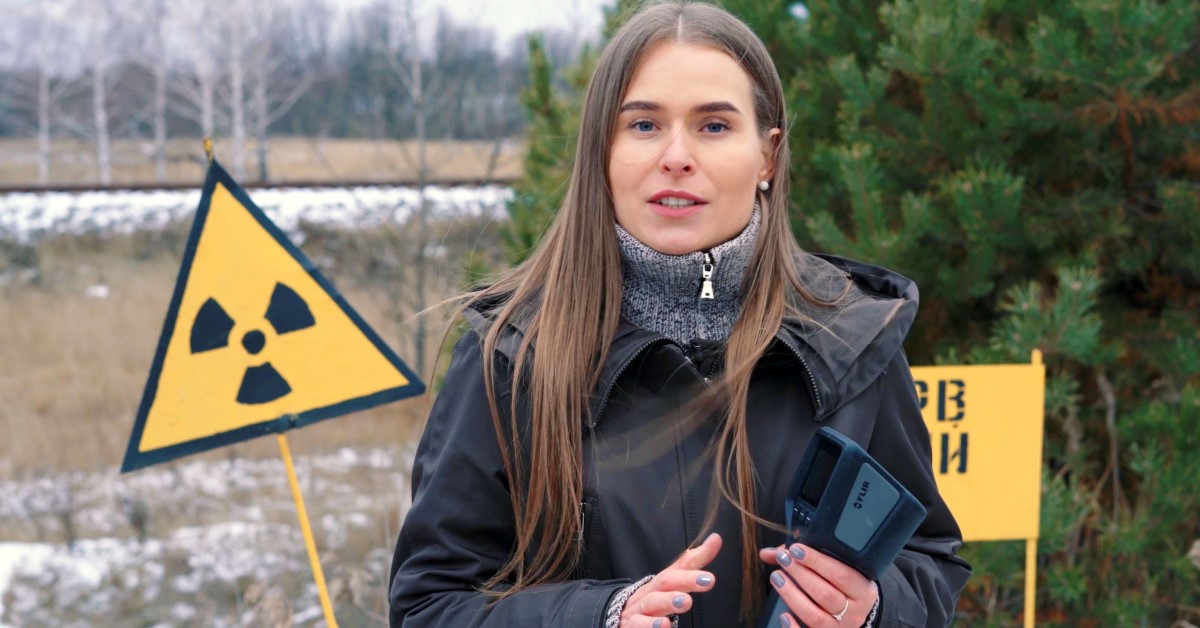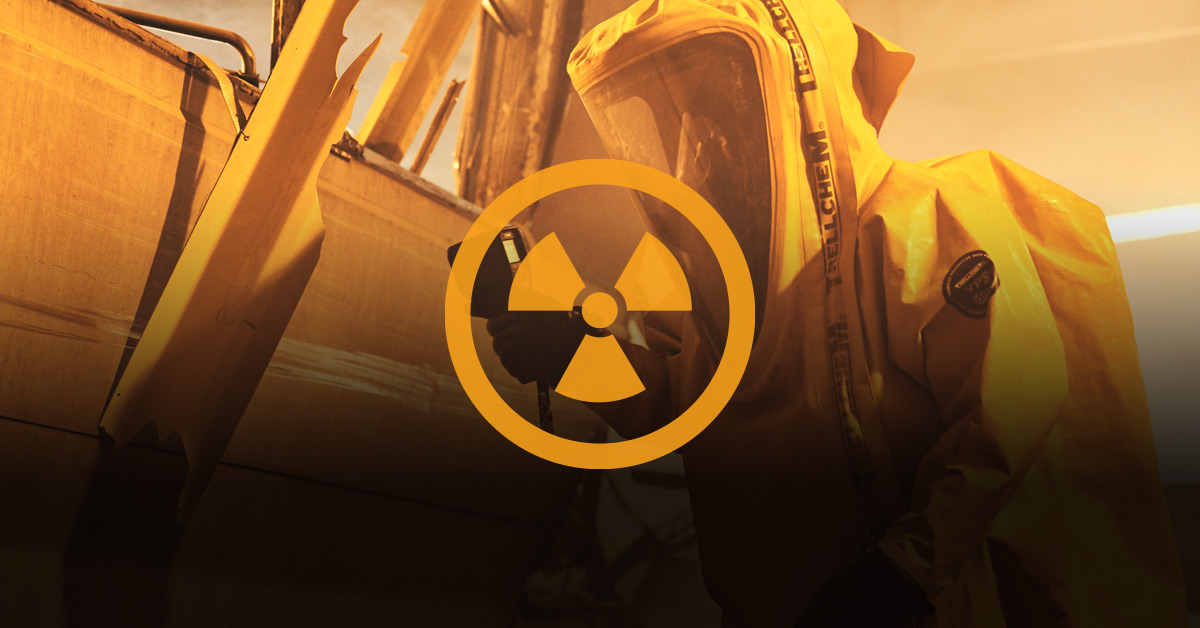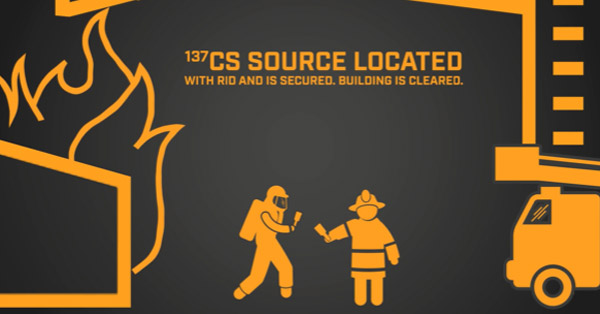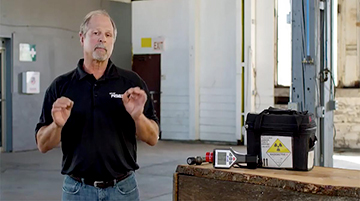Inside Chernobyl: The Exclusion Zone 33 Years Later

n April 26, 1986, the Chernobyl Nuclear Power Plant in Ukraine suffered a massive explosion that released radioactive material across Ukraine, Belarus, Russia, and as far as Western Europe. It was one of the worst nuclear disasters in history, classified as a level 7 event (the maximum classification) on the International Nuclear Event Scale.
HBO’s new miniseries Chernobyl, which premiered Monday May 6th, dramatizes the event and the subsequent fallout, but what does ground zero of the explosion site look like today?
FLIR visited the Chernobyl Exclusion Zone (CEZ) to find out how much radiation still remains. In the YouTube documentary “Inside Chernobyl”, host Nika Konstantinova uses the FLIR identiFINDER R440 to measure radiation levels and to locate and identify radionuclides at the site. She also uses the FLIR identiFINDER R100 to determine the total dose of radiation she receives during her visit to Chernobyl.
More than 30 years after the devastating explosion, Chernobyl and the surrounding area is still considered dangerously radioactive for anyone living or spending extended periods of time nearby. Touring Chernobyl for a few hours exposes visitors to about the same amount of radiation as received from a 1-2 hour airplane flight at 30,000 feet. However, long-term exposure is highly risky. Using the identiFINDER R440, Konstantinova measures background radiation levels at Chernobyl near the Reactor No. 4, the Red Forest and at the site where decontamination equipment was discarded. The background radiation levels in the CEZ are 20 to 100 times the background levels measured at the uncontaminated city of Kiev.
Watch the full documentary Inside Chernobyl with FLIR to learn more about radiation detection, exposure, and safety at the Chernobyl site.



